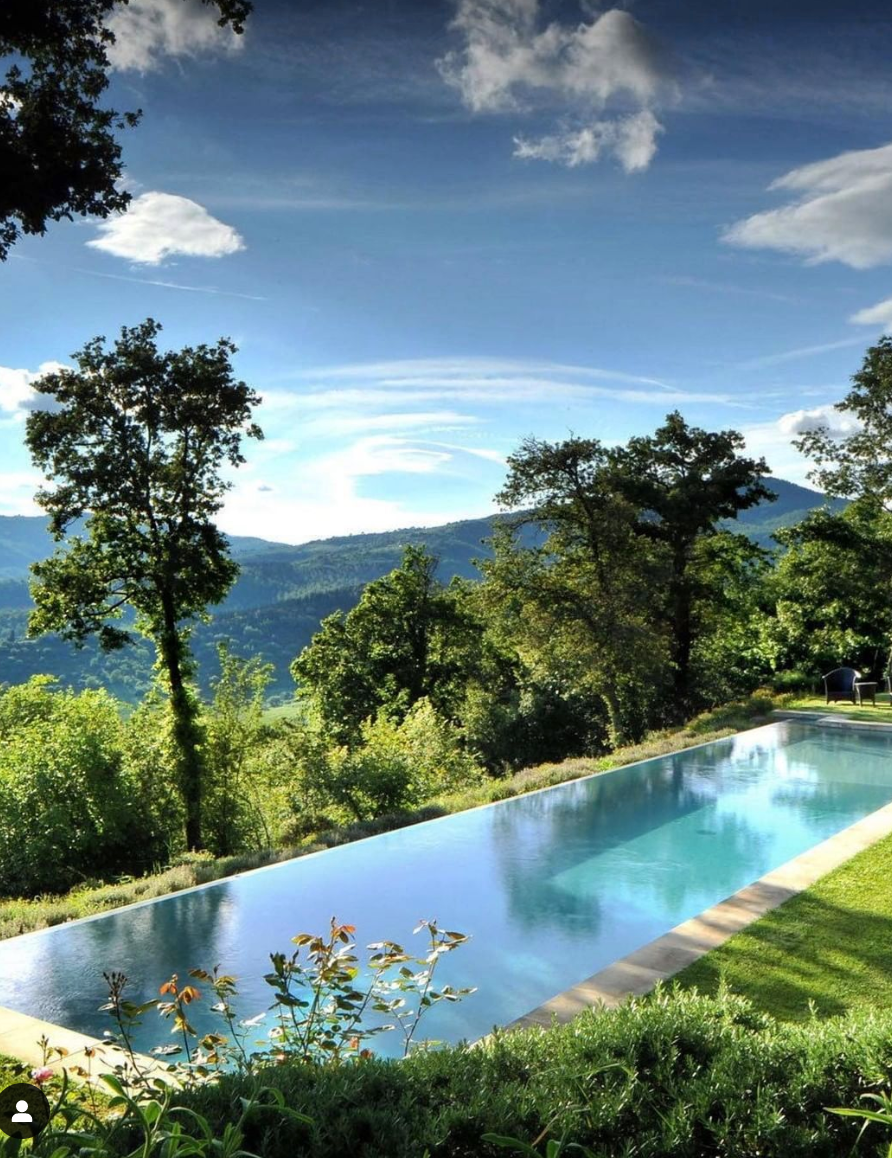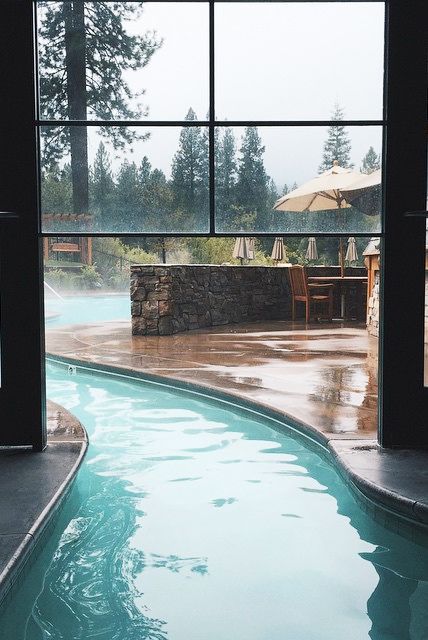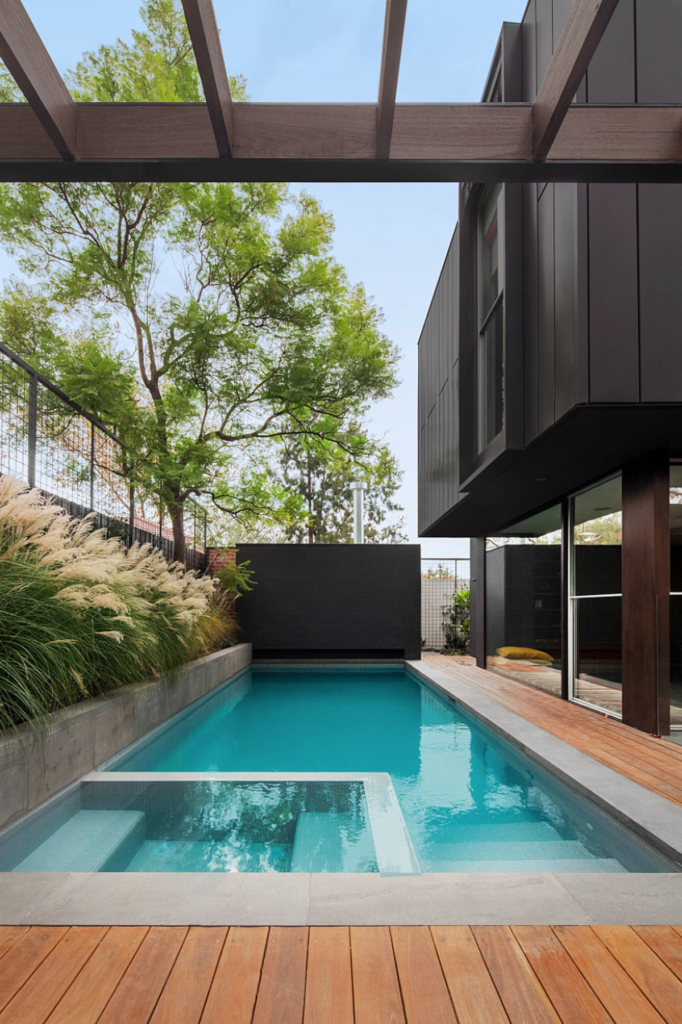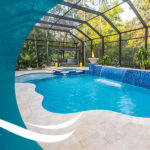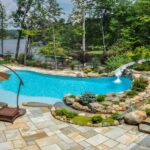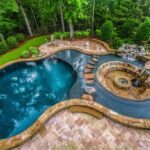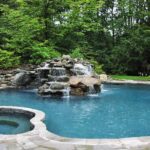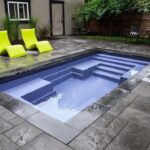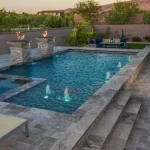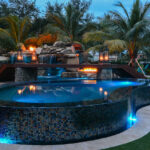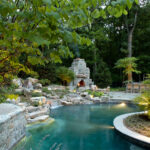Pools are a popular addition to many homes, providing a refreshing and relaxing space for owners to unwind and enjoy the outdoors. When it comes to designing a pool, there are many factors to consider to ensure that it meets the needs and preferences of the homeowner. From the size and shape of the pool to the materials used for construction, every detail plays a crucial role in creating a functional and visually appealing space.
One of the first considerations in pool design is the size and shape of the pool. The size of the pool should be determined based on the available space in the backyard and the intended use of the pool. A larger pool may be suitable for families who plan to use it for recreational activities, while a smaller pool may be more appropriate for those who simply want a relaxing space to cool off in. The shape of the pool can also make a big difference in the overall look and feel of the space, with options ranging from traditional rectangle pools to freeform designs that can add a unique touch to the backyard.
Another important aspect of pool design is the materials used for construction. Concrete, fiberglass, and vinyl are the most common materials used for building pools, each with its own advantages and disadvantages. Concrete pools offer flexibility in design and can be customized to fit any space, while fiberglass pools are known for their durability and low maintenance requirements. Vinyl pools are a more affordable option, but may require more frequent maintenance and replacement of the vinyl liner.
In addition to the size, shape, and materials of the pool, the surrounding landscaping and hardscaping also play a crucial role in pool design. Patios, decks, and outdoor seating areas can enhance the functionality and aesthetic appeal of the pool area, creating a seamless transition between the indoor and outdoor spaces. Outdoor lighting, water features, and landscaping elements such as plants and trees can also add to the overall ambiance of the pool area, creating a serene and inviting environment for homeowners and guests to enjoy.
When designing a pool, it is important to consider the safety features that will be incorporated into the design. Fences, gates, and pool covers are essential for keeping children and pets safe around the pool area, while handrails, steps, and non-slip surfaces can help prevent accidents and injuries. It is also important to consider the depth of the pool and the placement of any diving boards or slides to ensure that they meet safety regulations and guidelines.
Ultimately, pool design is a highly personal and customizable process that allows homeowners to create a space that reflects their lifestyle and preferences. By carefully considering the size, shape, materials, landscaping, and safety features of the pool, homeowners can create a beautiful and functional outdoor oasis that enhances their quality of life and adds value to their home. Whether for exercise, relaxation, or entertaining, a well-designed pool can provide years of enjoyment for homeowners and their families.
